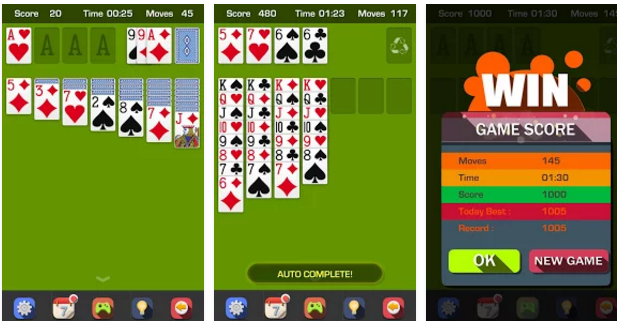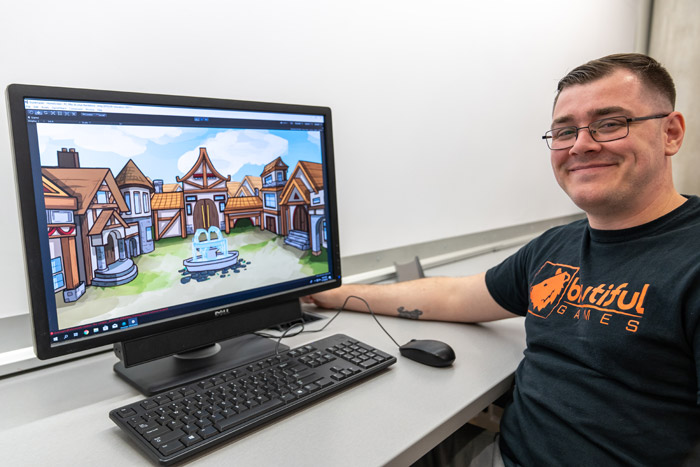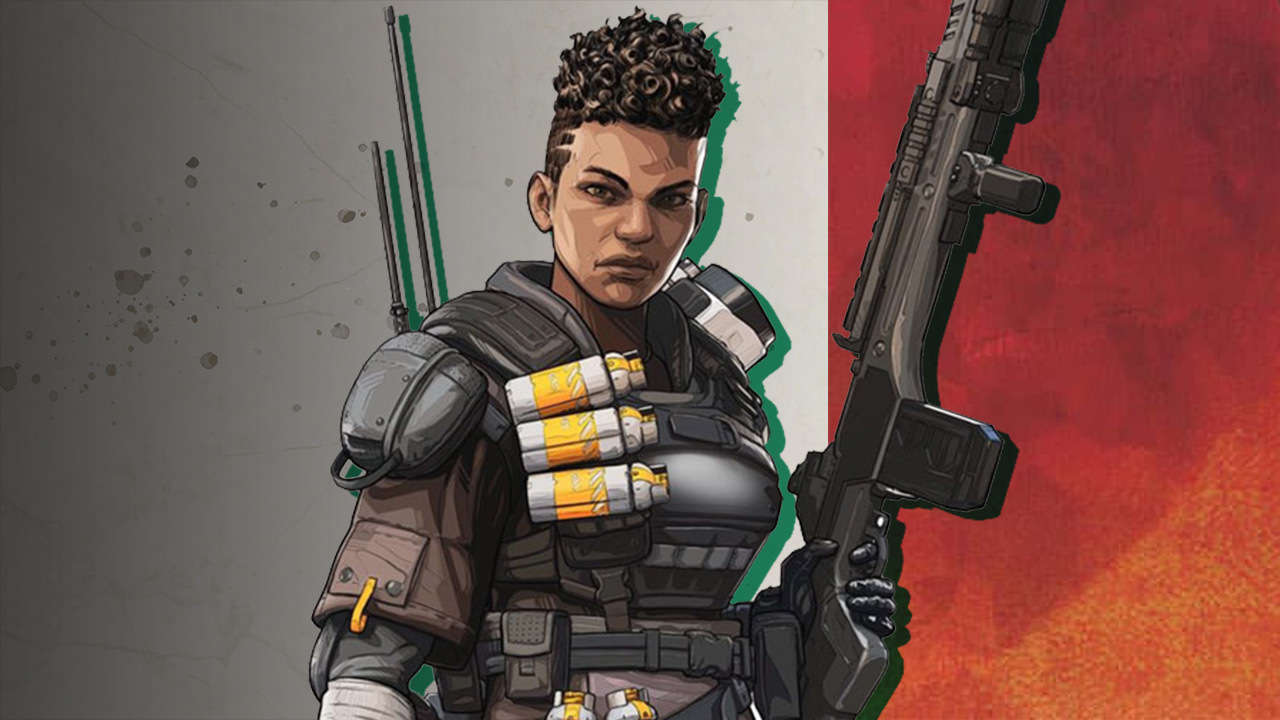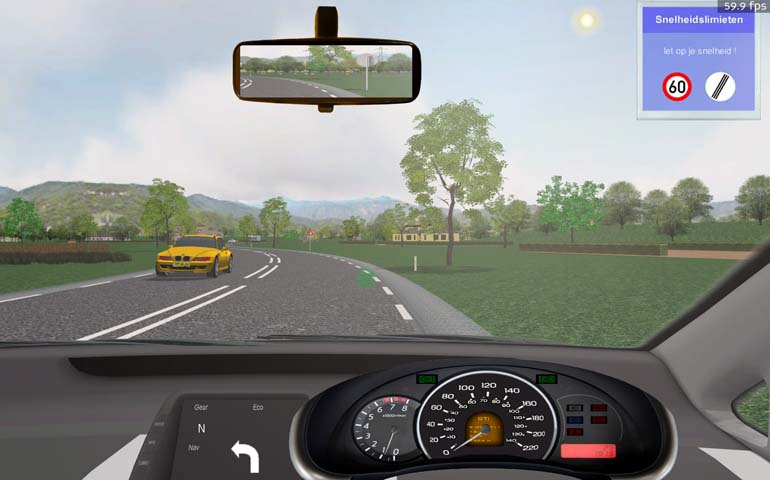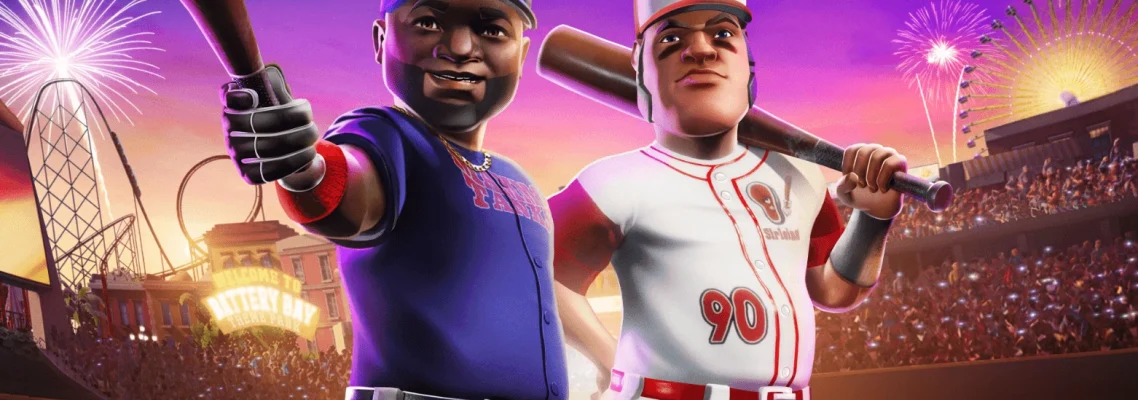
How Long Is a Baseball Game? A Fan’s Guide to Game Duration
May 19, 2025
Whether you’re a lifelong fan, a curious newcomer, or a player getting into the rhythm of the sport, one common question you might ask is: how long is a baseball game. While the game is rooted in tradition, its length can vary significantly depending on the level of play, league rules, and even the style of play.
In this guide, we’ll break down the typical duration of a baseball game, compare different formats, explore what factors impact game time — so you know what to expect before you settle into your seat or step onto the field.
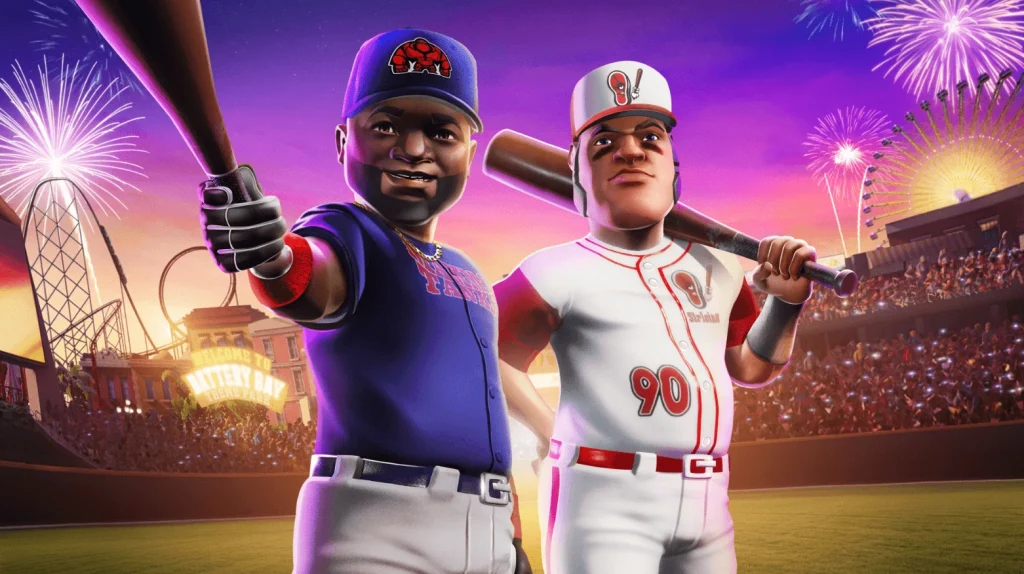
Content
Professional Baseball Game Length
Major League Baseball (MLB) games are known for their timeless structure — literally. Unlike sports with a clock, baseball games are played in innings, not minutes, which means the total length depends heavily on how efficiently the innings unfold.
Average Duration
- MLB Regular Season: About 3 hours and 5 minutes
- MLB Postseason: Can extend beyond 4 hours due to more frequent pitching changes and longer breaks
Factors Influencing Time
- Pitching Style: Power pitchers with high strikeout rates tend to stretch games longer because more batters face more pitches.
- Batting Order: Teams with disciplined hitters often see more pitches per at-bat, which lengthens innings.
- Scoring Volume: High-scoring games naturally take more time due to more batters and pitching changes.
- Replay Reviews: Video reviews for close plays can add several minutes.
- Weather Delays: Rain or other weather conditions can pause the game, extending its total duration.
Minor League and College Baseball
Minor league baseball typically mirrors the structure of MLB, though games are often shorter due to quicker pace-of-play rules.
- Average Duration: Around 2.5 to 3 hours, slightly shorter than MLB.
- Pace-of-Play Rules: Many minor leagues use pitch clocks and limits on mound visits to speed up the game.
College baseball games also generally last 2.5 to 3 hours and are played over nine innings. However, many college conferences adopt 7-inning doubleheaders to accommodate tight schedules and reduce player fatigue.
Youth and Little League Games
If you’re a parent attending a youth game or a coach managing your lineup, the length of a baseball game in Little League and other youth divisions is considerably shorter.
- T-ball and Coach Pitch: Typically 1 to 1.5 hours — designed to keep young players engaged without fatigue.
- Little League (Ages 9–12): Around 1.5 to 2 hours, with inning limits often enforced to keep games brisk.
- Junior League and High School: Games usually range from 2 to 2.5 hours, depending on inning limits and pitch counts.
Youth leagues often incorporate mercy rules, ending games early if one team gains a large lead, which can further shorten the game length.
How Long Is a Baseball Game on TV?
Watching a game at home? Televised games often include extended commercial breaks, analyst commentary, and replays, making them feel a bit longer than in-person experiences.
- National Broadcasts (e.g., Sunday Night Baseball): May last upwards of 3.5 hours.
- Regional Games: Slightly shorter, often around 3 hours.
The added commercial breaks and analysis add roughly 30 to 45 minutes beyond the actual playing time, but they enhance the viewing experience by offering stats, player interviews, and tactical insights.
How Game Material Can Influence Pace
While not a primary factor in game duration, the baseball bat material used at different levels can subtly affect tempo.
- Wood bats, common in professional leagues, produce fewer hits than metal bats, often speeding up the game by limiting the number of baserunners.
- Aluminum baseball bats and composite baseball bats, used in youth and college baseball, tend to generate more offense, increasing game time due to more base traffic and pitching changes.
- This ties directly to the choice of bat material, which can vary based on league regulations and player preferences.
For players, selecting the right baseball bat materials not only affects performance but may also influence the flow of the game and the overall bat performance and durability.
New Rules Aimed at Speeding up the Game
To address concerns about game length and maintain viewer engagement, several rule changes have been introduced, especially in professional baseball:
- Pitch Clock: Limits the time a pitcher has to deliver the ball, typically to 15-20 seconds with bases empty.
- Batter’s Box Timer: Encourages hitters to stay ready between pitches, reducing downtime.
- Automatic Intentional Walks: Eliminates the need for a batter to step up and take four pitches, speeding up routine decisions.
- Limit on Mound Visits: Restricts the number of times a manager or coach can visit the mound to discuss strategy.
- Three-Batter Minimum for Pitchers: Reduces frequent pitching changes, which can drag out games.
These adjustments have already reduced MLB game times by up to 25 minutes per game in recent seasons, a significant improvement for fans and broadcasters alike.
How Long Is a Baseball Game Compared to Other Sports?
Baseball’s unstructured time element is part of its charm — and challenge. Here’s how it compares:
| Sport | Average Game Time |
| Baseball | 3 hours |
| Football | 3 hours 15 mins |
| Basketball | 2 hours 20 mins |
| Soccer | 1 hour 50 mins |
Despite similarities, baseball games often feel longer due to slower tempo and frequent pauses between pitches, innings, and at-bats.
Understanding Inning Structure and Its Impact on Game Length
A standard baseball game consists of nine innings, with each inning divided into two halves: the top (visiting team bats) and the bottom (home team bats). However, the number of outs required to end each half-inning (three) means the length can vary widely.
- Quick innings: If the defense is dominant, an inning can end in just a few minutes.
- Extended innings: A rally or multiple hits can make an inning last 20 minutes or longer.
Extra innings are played if the score is tied after nine innings, which can significantly extend game length. Some leagues have implemented modified extra-inning rules (like starting with a runner on second base) to speed resolution.
Planning Your Game Day
If you’re heading to the ballpark or tuning in at home, here are some tips:
- Plan for 3 hours minimum for pro games.
- Youth games typically last no more than 2 hours.
- Bring extras like sunscreen, snacks, and a jacket — weather delays can add unexpected time.
- Doubleheaders? Expect a full day at the field, with two games back-to-back.
- Consider arriving early to enjoy pre-game festivities and warmups.
Final Thoughts
So, how long is a baseball game The honest answer is: it depends. While most games average between 2.5 to 3 hours, variables like league rules, weather, and play styles make each game unique.
Whether you’re watching MLB or coaching a Little League team, understanding the game’s rhythm helps set realistic expectations — and deepens your appreciation for one of the most timeless sports around.
FAQs
How long does an average professional baseball game last?
Most MLB games last about 3 hours, but postseason games can extend beyond 4 hours.
Why do baseball games have no set time limit?
Baseball is played in innings, not minutes, so the game length varies depending on how the innings unfold.

Darin is a wonderful person. He is very nice and always willing to help out! He loves his job because it lets him share interesting things with people who want to know about new developments in the world of technology.






